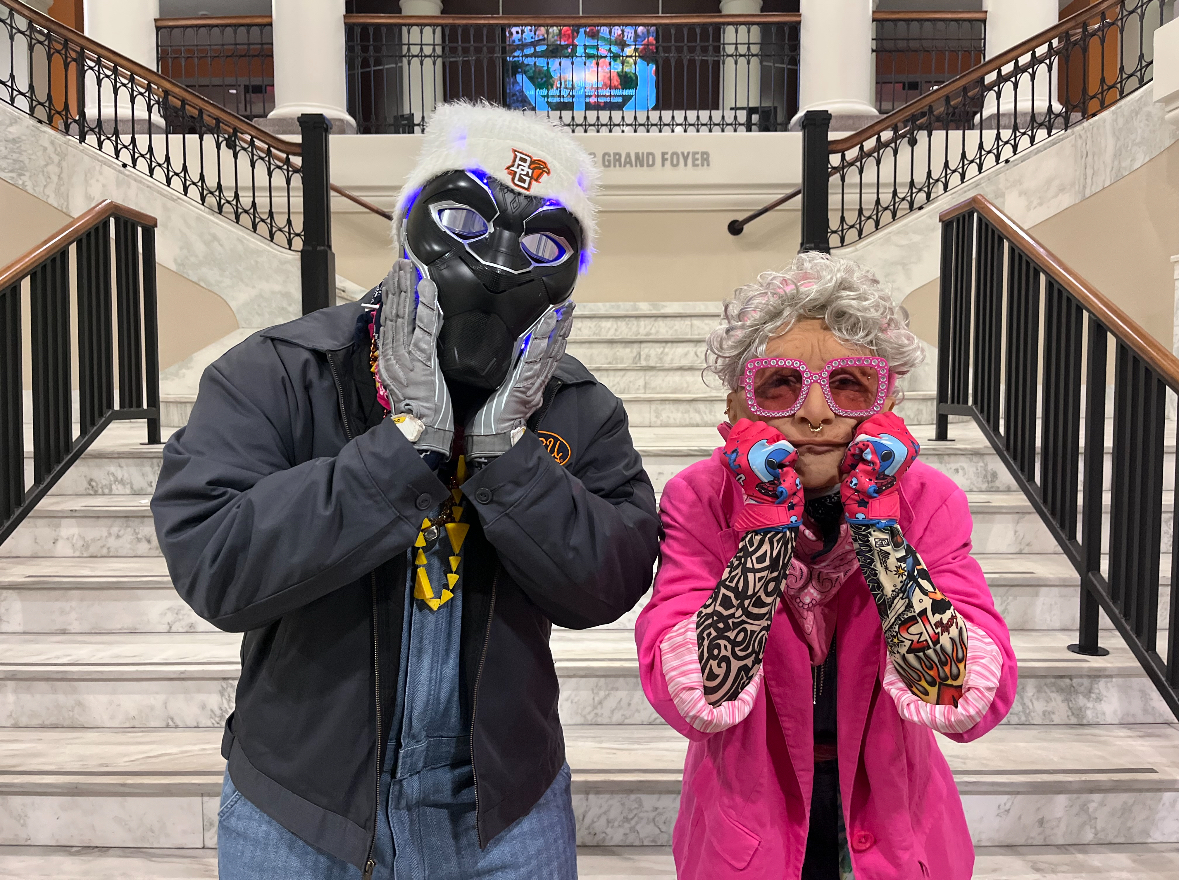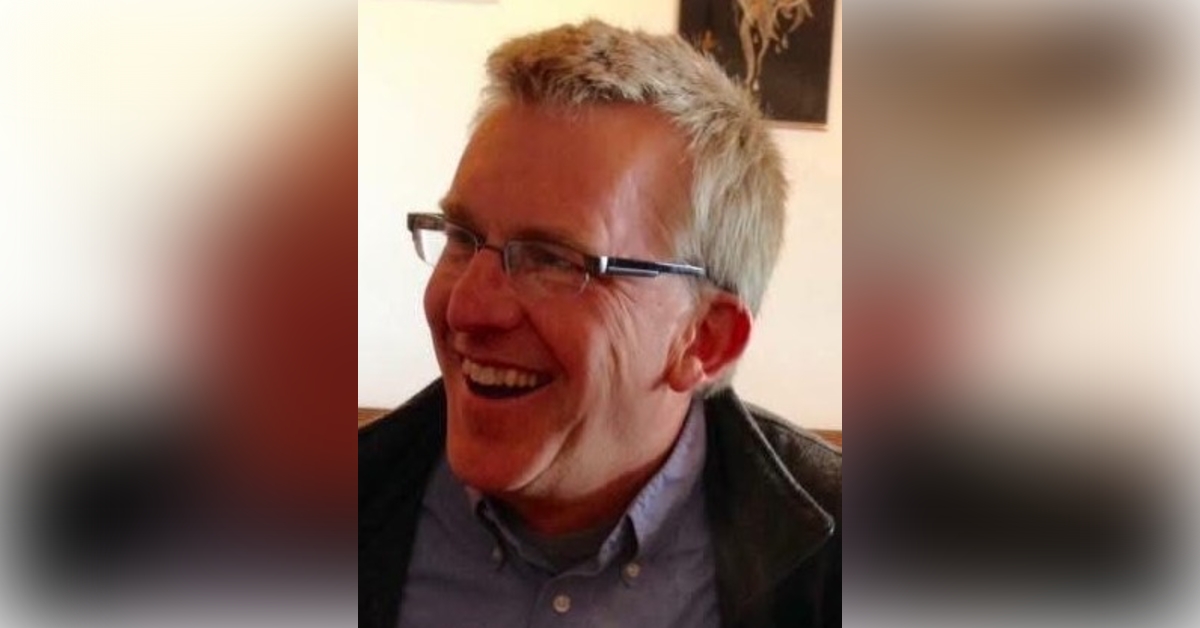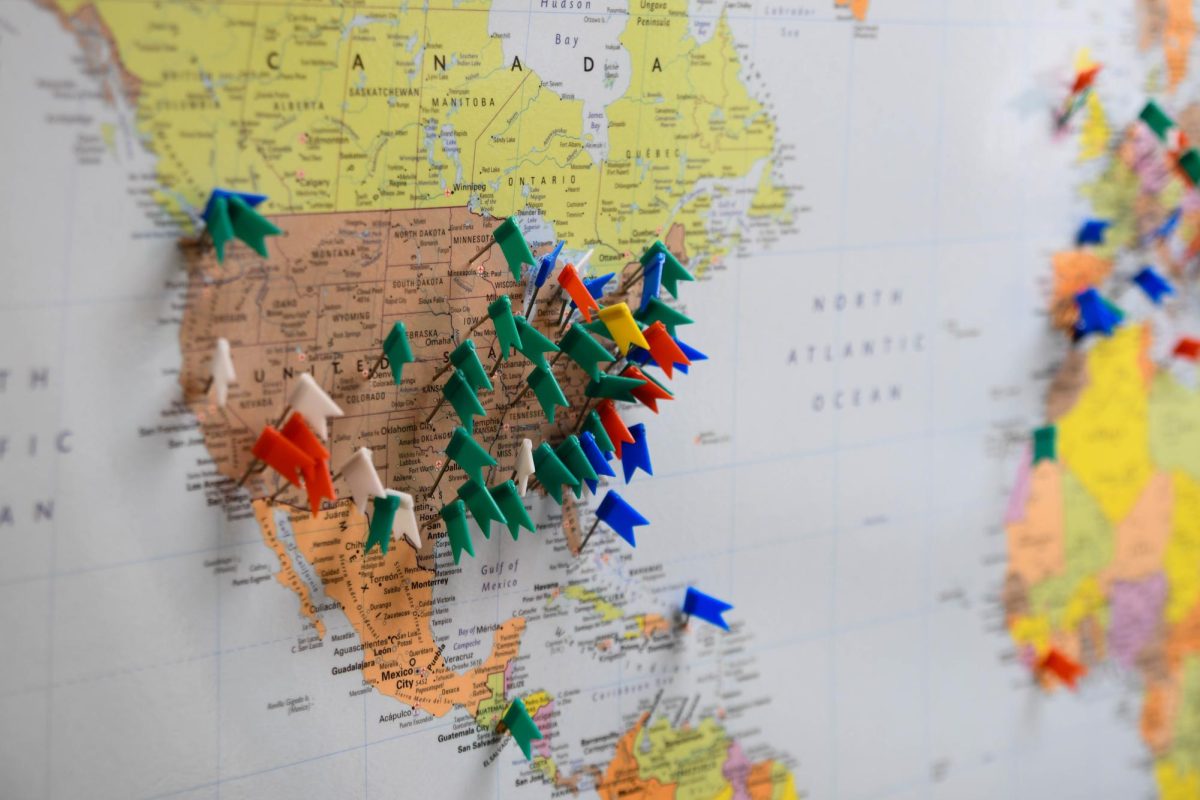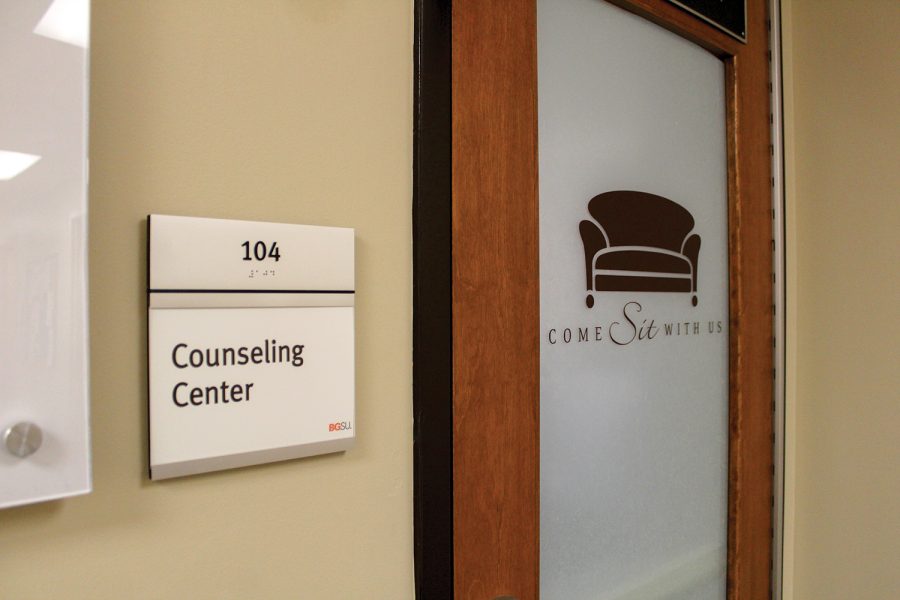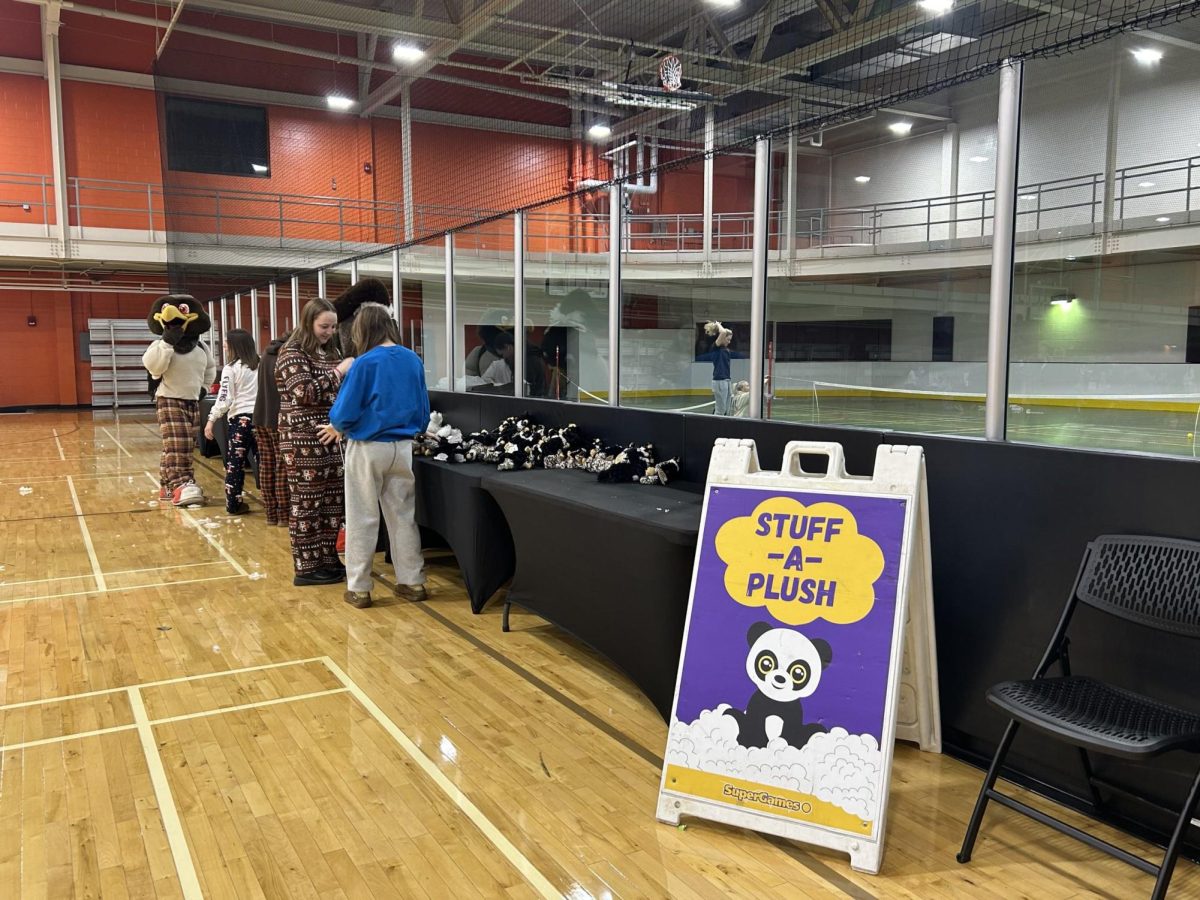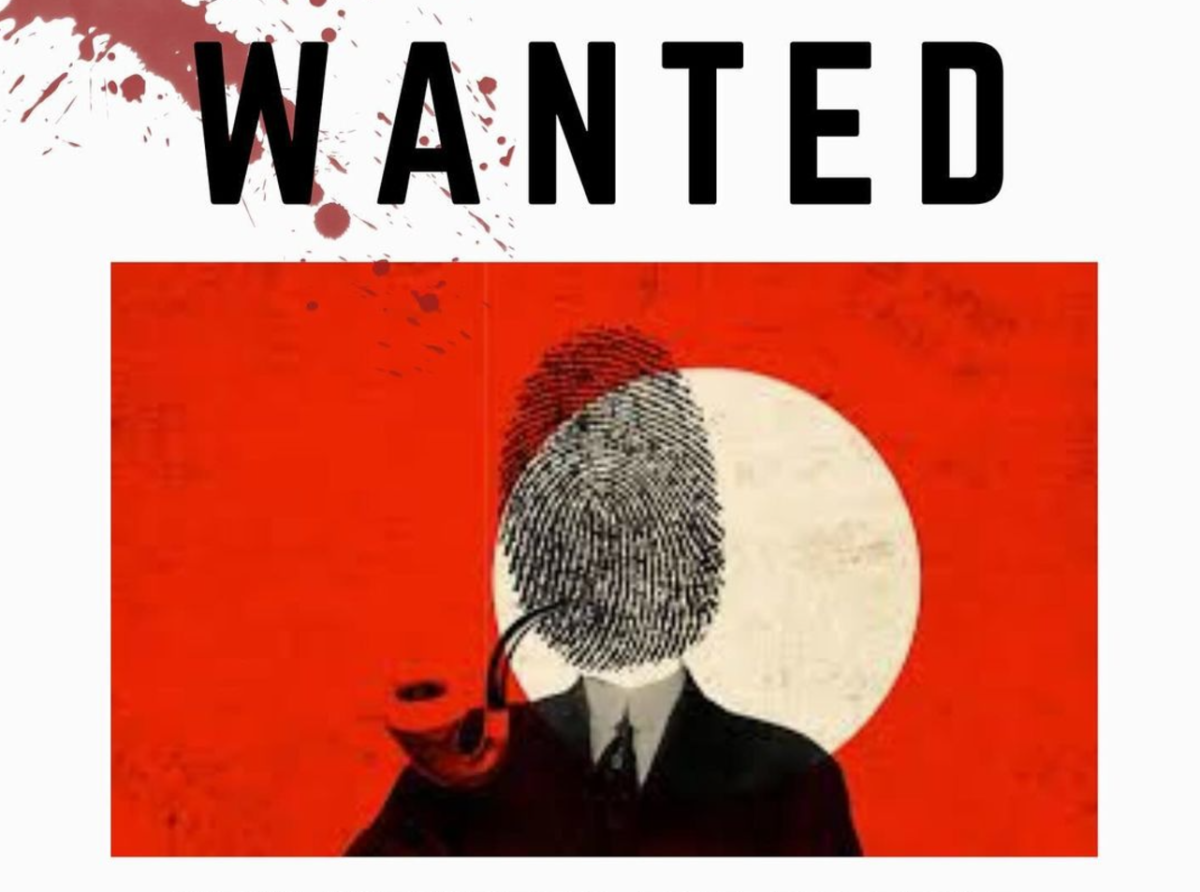If I were taking a trip to New Zealand and someone gave me a choice between a first class plane ticket or a ticket for a ship billed “unsinkable,” I would take the ship every time.
I don’t like the feeling of not being on the ground, I don’t like being in a tiny space with a horde of strangers and I don’t like the headaches I get from the atmospheric pressure changes.
I don’t like waiting in the airport. I don’t like worrying about possible crashes.
But I understand the appeal. I enjoy the history.
And even though I’m outing myself to the University as having had a lame childhood, the first celebrities I knew were the Wright brothers.
Aviation has come a long way since Orville and Wilbur. During that first flight, nobody had to show up to the airport three hours early. There were no baggage checks or tickets to lose.
There also wasn’t any security, and there wouldn’t be for a long time. At least not to the extent that we see today.
Statistically, flying is safer than driving, but catching a plane is still risky business. This year is the 10th anniversary of Sept. 11, and the aviation industry is still working to make flights safer.
No water bottles, no nail clippers, no scissors and now you have to take off your shoes through security. Advanced imaging machines were being used to actually see directly through to people’s skin to check for illegal items, but these machines have since been pulled from active use.
But once passengers board the plane and the seat belt light is turned off, safety largely rests on the pilot and the crew. So take a look at this month’s In Focus and learn about the responsibility and passion of those who can fly.


